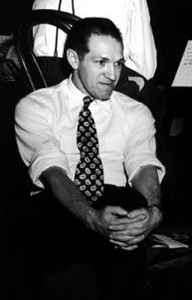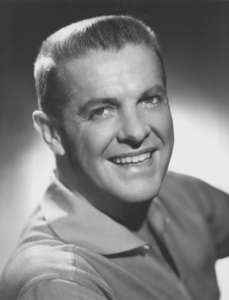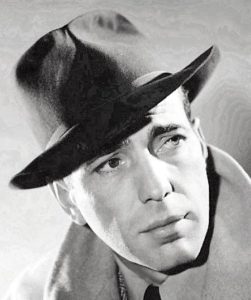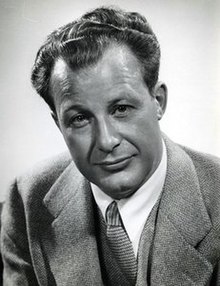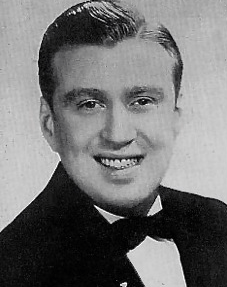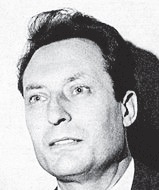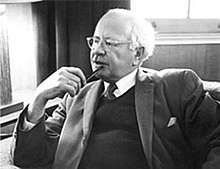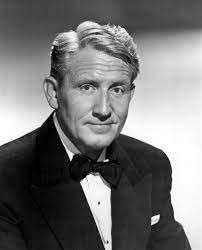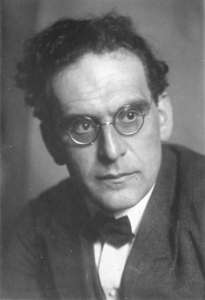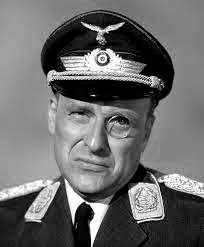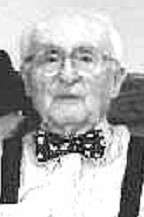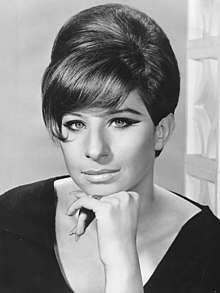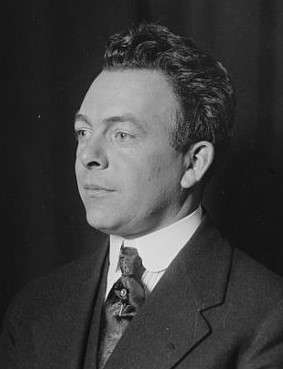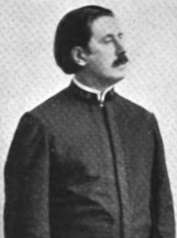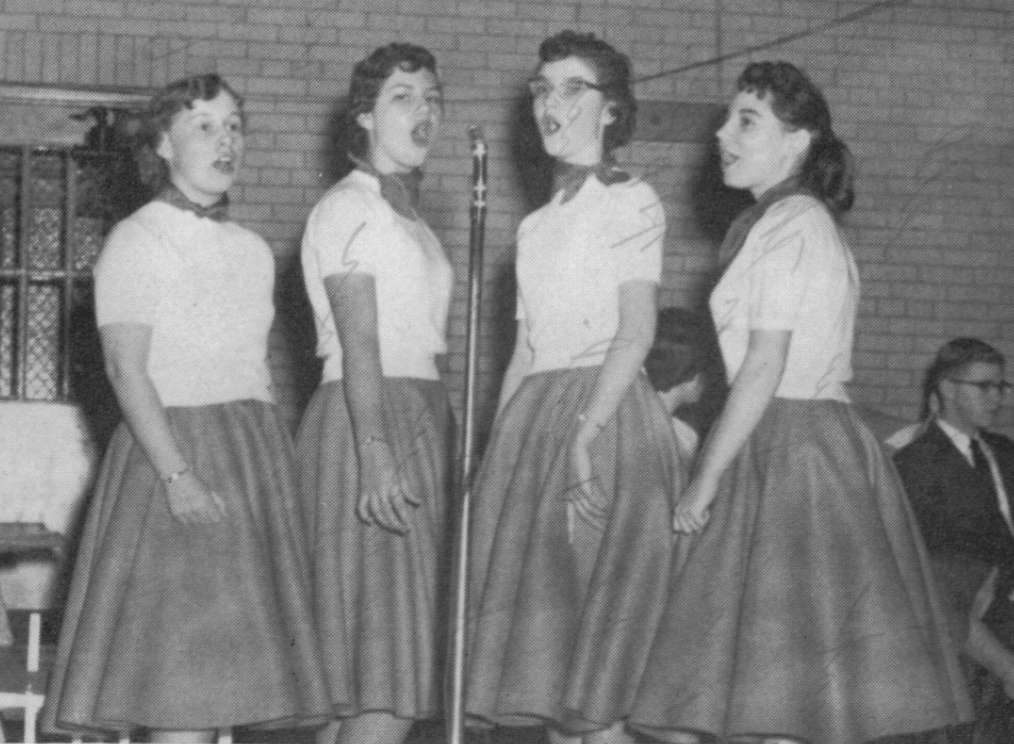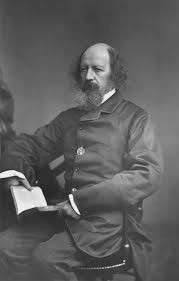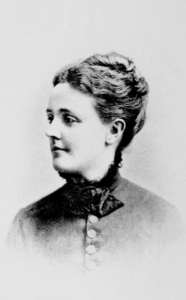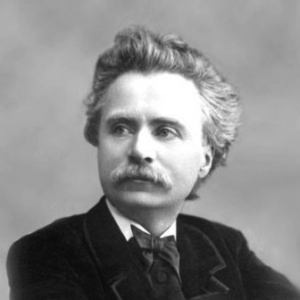REVIEW POTPOURRI: Eli Oberstein
 by Peter Cates
by Peter Cates
Eli Oberstein
Recording producer Eli Oberstein (1901-1960) was mentioned some months ago in a column about early 78 and LP budget labels. Oberstein had worked for Victor during the 1930s and helped start its 35 cent Bluebird label with country music artists and then bandleaders Glenn Miller and Artie Shaw, which was hugely successful when 78s cost a dollar or more.
Unfortunately, he was fired for some shady business dealings, and began his own company, United States Record Corporation, in 1939, which had various inexpensive subsidiary labels such as Varsity.
A year later, the company went bankrupt. In 1948, he revived the Varsity label and began issuing LPs at el cheapo prices. The source material was often pirated from other labels and the artists listed were more often than not pseudonyms.
Lately, I have listened several times to a ten-inch LP from the label (Varsity LP 27) released in 1951. The music consists of George Bizet’s L’Arlesienne Suite #1 and Ambrose Thomas’s Mignon Overture.
Despite the very scratchy surface noise of my well worn copy and the primitive fidelity of the record itself, I enjoy it immensely. The Bizet music is equal in vibrantly colorful and beguiling sonorities and rhythms to the composer’s masterpiece opera Carmen while the Thomas Overture is a graceful and melodic piece more often performed by itself while the opera Mignon is rarely staged these days.
The listed National Opera Orchestra is non-existent; the unknown conductor and musicians played with tremendous power and beauty.
Gospel Greats
A 1987 cassette (Deluxe DLX-7791), 24 Gospel Greats, features George Jones (1931-2013) singing a generous selection of sacred tunes with his uniquely individualistic honky tonk vocalism that was exemplified in such secular country classics as the 1959 White Lightning.
They include I’ll Fly Away, Leaning on the Everlasting Arms (a favorite of the murderous preacher portrayed so well by Robert Mitchum in 1955’s The Night of the Hunter), The Old Rugged Cross and a large number of unfamiliar songs.
Penguin Dictionary
The Penguin Dictionary of Quotations has one from the long forgotten Samuel Smiles (1812-1904)- “We often discover what will do, by finding out what will not do; and probably he who never made a mistake never made a discovery.”
Bob Cummings
The late ‘50s comedy show Love That Bob, starred Bob Cummings (1910-1990) as a photographer who is also an insatiable ladies man and who is being constantly haranged by his widowed sister to settle down. He also doubles as the photographer’s grandfather who is also a ravenous flirt.
The hilarious comic situations and delivery make it one of the half dozen most incredibly entertaining comedy shows in TV history.
.


